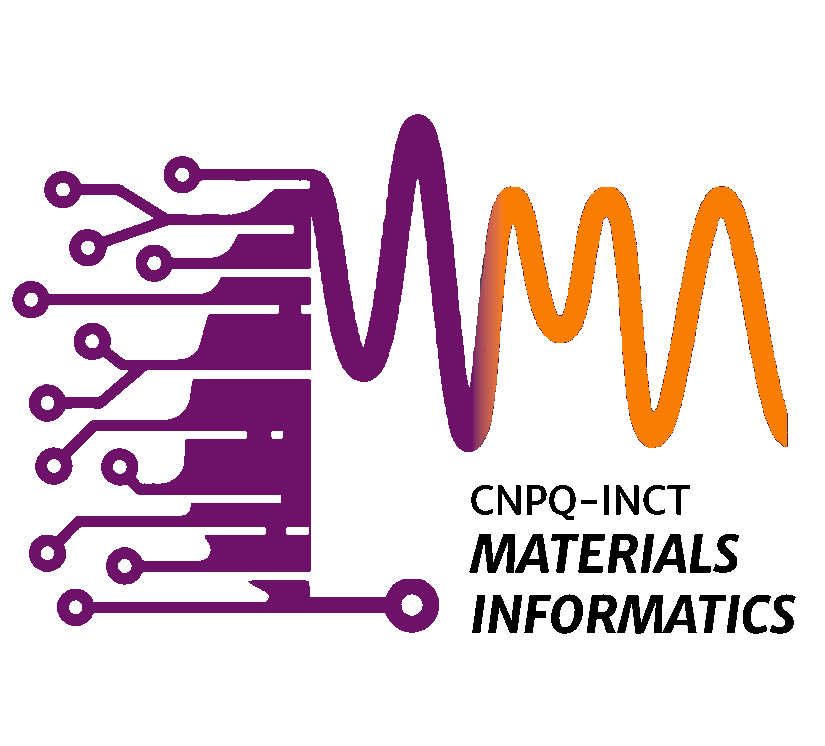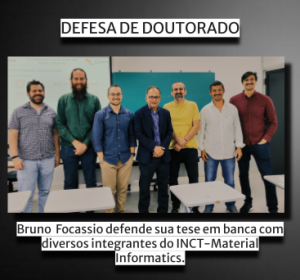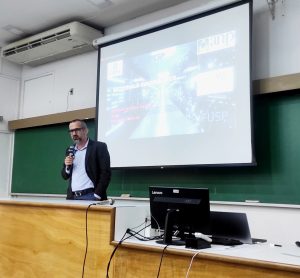
Publicações de Gustavo Dalpian
Espinosa-García, W. F.; Dalpian, Gustavo M.; Osorio-Guillén, J. M. Intrinsic defects in sulvanite compounds: the case of transparent Cu3TaS4 and absorbing Cu3VSe4 Journal Article Em: Journal of Alloys and Compounds, pp. 172264, 2023, ISSN: 0925-8388. Resumo | Links | BibTeX | Tags: Defects, First-principles calculations, P-type materials, Semiconductors, Sulvanite2023
@article{ESPINOSAGARCIA2023172264,
title = {Intrinsic defects in sulvanite compounds: the case of transparent Cu3TaS4 and absorbing Cu3VSe4},
author = {W. F. Espinosa-García and Gustavo M. Dalpian and J. M. Osorio-Guillén},
url = {https://www.sciencedirect.com/science/article/pii/S0925838823035673},
doi = {https://doi.org/10.1016/j.jallcom.2023.172264},
issn = {0925-8388},
year = {2023},
date = {2023-09-25},
urldate = {2023-01-01},
journal = {Journal of Alloys and Compounds},
pages = {172264},
abstract = {Sulvanites are semiconducting compounds with the chemical formula Cu3TMX4 where TM = V, Nb, Ta; X = S, Se, Te. Semiconductor electronic and optical properties are highly influenced by intrinsic defects such as vacancies, antisites, and atoms residing in interstitial positions inside the crystal structure. Even though intrinsic defects are extremely important, very little is known about defects in sulvanites. Here we report the properties of all intrinsic defects in two representative sulvanite compounds (Cu3TaS4 and Cu3VSe4) by using computational quantum mechanical methods. Our results indicate that Cu vacancies are the most frequent defects in these compounds, also responsible for limiting the possibility of their n-type doping and setting the pinning of the Fermi energy to positions close to the valence band. These results explain why as-grown sulvanites are usually p-type and open a path for understanding the search for ways to design and tune the properties of these compounds.},
keywords = {Defects, First-principles calculations, P-type materials, Semiconductors, Sulvanite},
pubstate = {published},
tppubtype = {article}
}
Destaques de Gustavo Dalpian
Orientados e Supervisionados por Gustavo Dalpian

Lucas Martin Farigliano
Vínculo: Pós-Doutorado
Instituição: Universidade de São Paulo (IF-USP)
Laboratório: MattDesign
Projeto: Construção de Plataformas Nanoestruturadas para Prevenção e Detecção da COVID-19 (CAPES – Epidemias)

Henrique Ferreira
Vínculo: Doutorado
Instituição: Universidade Federal do ABC (UFABC)
Laboratório: MattDesign
Projeto: Construção de Plataformas Nanoestruturadas para Prevenção e Detecção da COVID-19 (CAPES – Epidemias)
Currículo Lattes – ORCID – Google Scholar

Lucas Bandeira
Vínculo: Mestrado
Instituição: Universidade Federal do ABC (UFABC)
Laboratório: MatDesign
Projeto: Em breve

Fernando Sabino
Vínculo: Pós-Doutorado
Instituição: Universidade de São Paulo (USP)
Laboratório: MatDesign
Projeto: Em breve
Currículo Lattes – ORCID – Google Scholar
Defesas de orientados por Gustavo Dalpian
Desculpe, nenhuma publicação.




